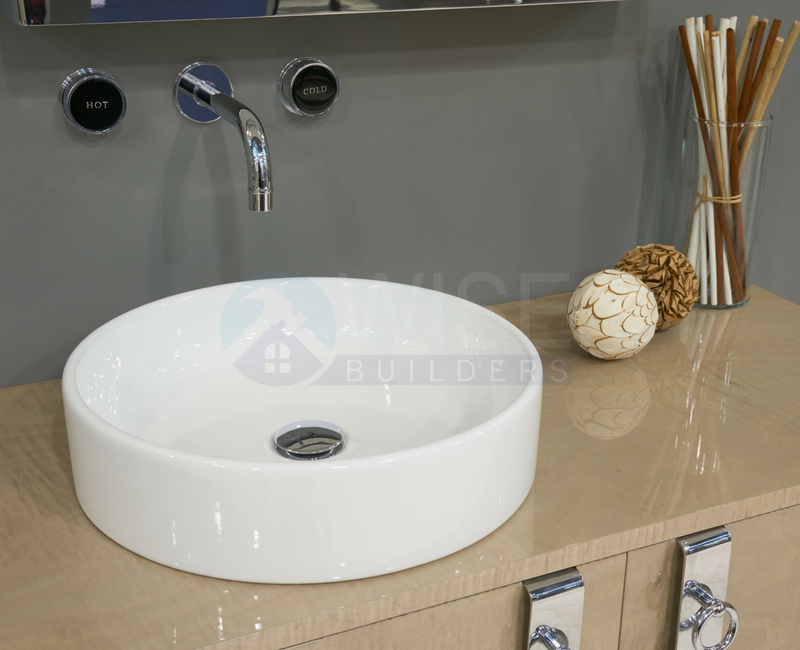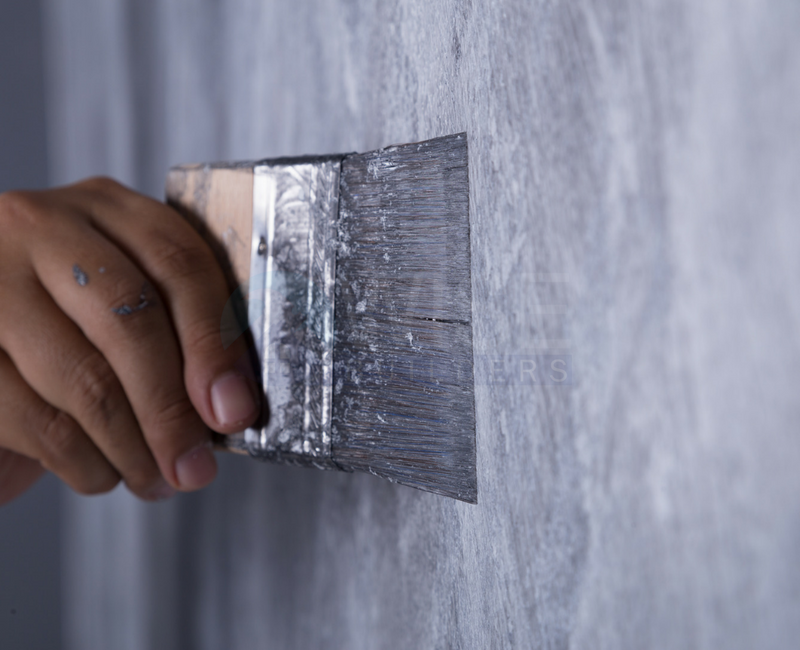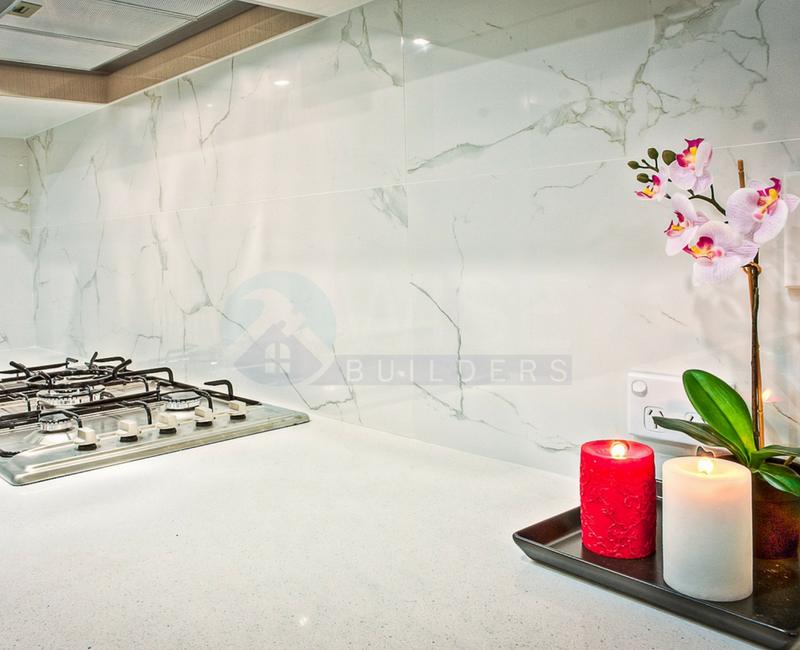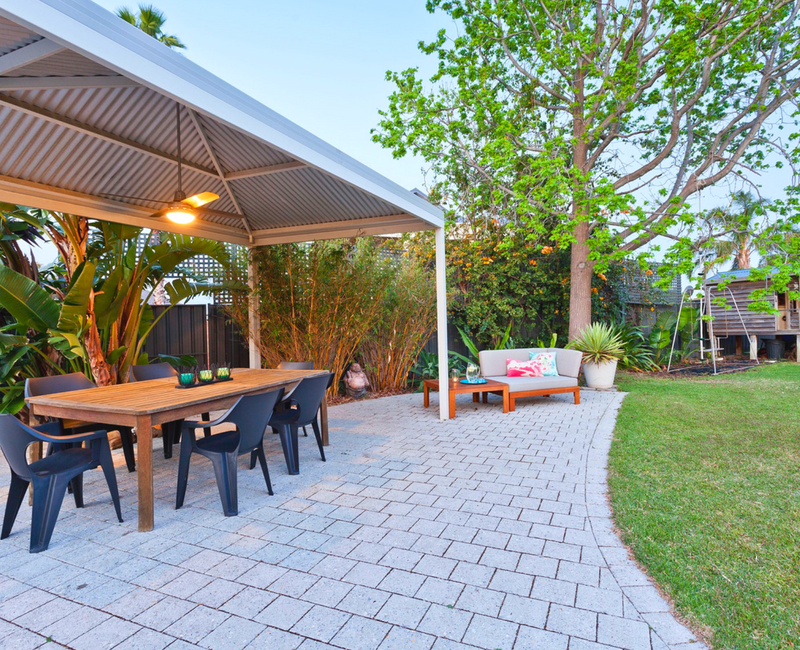Bath Wall-Mounted Faucets

Normally, homeowners have the flexibility to choose between deck-mounted taps and wall-mounted faucets. For many people, there are no obvious differences and they just go ahead and pick whatever seems more appealing at the time. However, it is important that we analyze the pros and cons of one of the faucets so that you can make a more informed decision.
Advantage of Bath Wall-Mounted Faucets
Since you’re dealing with water, soap, and dirt being washed away, you can expect deposits to accumulate and make the area behind the faucet look unkempt. Sink-mounted faucets are usually difficult to clean, however, wall-mounted faucets aren’t so hard. Since there’s no hardware causing an obstruction, it is easier to maintain.
Easy to Clean
Since you’re dealing with water, soap, and dirt being washed away, you can expect deposits to accumulate and make the area behind the faucet look unkempt. Sink-mounted faucets are usually difficult to clean, however, wall-mounted faucets aren’t so hard. Since there’s no hardware causing an obstruction, it is easier to maintain.
Increases the Range of Motion
Have you ever seen those double-jointed faucets? There’s literally no area they miss. You can easily scissors back and forth when you’re trying to fill those large pots with water. Washing basins and other bowls is also simplified using wall-mounted faucets. If you’re trying to enjoy more range of motion, wall-mounted faucets are usually preferred.
You Get More Space

Bath faucets, when wall-mounted, usually provide the homeowner with more space to work with, especially on the bathtub top. This space can serve as a housing for your essential oils, soap, scrub pads, etc.
Disadvantage of Bath Wall-Mounted Faucets
The Installation
It is only recommended that a project of this magnitude involving wall-mounted faucets be done by professionals. This is not a DIY project. It requires the plumbing lines to extend above the sink level and the installation of the extension lines are done through mounted faucets showing the exposed plumbing. The cost is further increased when the plumber cuts through the wall and an additional wiring is required. Not only does it increase the cost, the time it takes to reseal the wall to accommodate extra wiring is a significant drawback.
How To Place It
When you consider functionality and efficiency, the wall-mounted faucet can prove difficult to install. Sink-mount faucets are usually positioned on the sink easily and they are not so difficult to work with. Now, when you try to place wall-mounted faucet, it must be high enough so that large basins, pots, and bowls will fit perfectly and water doesn’t splash when you’re trying to fill it with water.
The Design
Usually, wall-mount faucets are extremely sleek and posh, however, this can be a disservice sometimes. If you’re aiming for a large wall-mount faucet, you might need to get custom sinks large enough to accommodate it. In doing this, you might also think of installing custom-shaped vanities or countertops. If you customize both the sink, vanities, and countertops, the cost keeps piling up.

Repairing the Wall-Mounted Faucet
A leaking faucet, when it is sink-mounted, can be easily repaired by the homeowner. Basically, if you have an introductory knowledge of plumbing, you can pull the repair job off. But wall-mounted faucets are entirely different. To repair faucets mounted on the wall, you might need to remove certain sections of the wall. In fact, it is possible that there are sections of the wall which require repair as a result of leakage within the wall. And it’s not usually possible to notice this damage until it gets significantly obvious. The essence of this whole story is that repairs are usually handled by plumbers and this causes the maintenance cost of wall-mounted faucets to go up.
Conclusion
Ultimately, you’ll end up choosing the option which appeals more to you based on the functionality and aesthetics. Both wall-mounted faucets and sink-mounted ones are equally exciting to use and you’ll love whichever you opt for.




